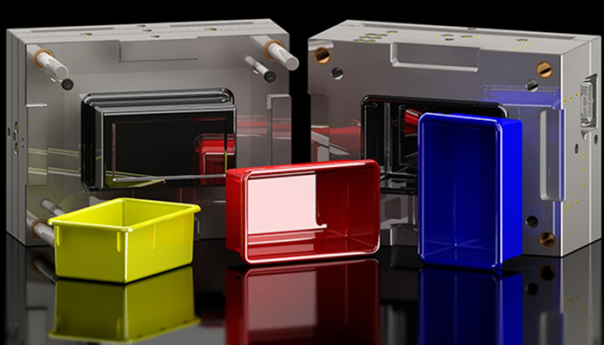Injection Molding Parts: A Comprehensive Guide
Injection molding is a versatile manufacturing process that can produce a wide range of plastic parts with high precision and efficiency. It is widely used in various industries, including automotive, medical, consumer electronics, and more. In this article, we will provide a comprehensive guide on injection molding parts, including its process, materials, design considerations, and applications.
Injection Molding Process
The injection molding process involves melting plastic pellets and injecting them into a mold cavity under high pressure. The plastic is then cooled and solidified, and the mold is opened to eject the finished part. The process can be broken down into the following steps:
1. Clamping: The two halves of the mold are closed and clamped together.
2. Injection: The plastic pellets are melted and injected into the mold cavity.
3. Cooling: The plastic is cooled and solidified inside the mold.
4. Ejection: The mold is opened, and the finished part is ejected.

Injection Molding Materials
Injection molding can process a wide range of thermoplastics, including:
1. Polyethylene (PE): A lightweight, durable, and chemical-resistant plastic commonly used in packaging, automotive, and construction applications.
2. Polypropylene (PP): A versatile plastic that is lightweight, strong, and heat-resistant. It is commonly used in packaging, automotive, and consumer goods.
3. Polystyrene (PS): A rigid and transparent plastic that is commonly used in food packaging, consumer goods, and electronics.
4. Acrylonitrile Butadiene Styrene (ABS): A tough and impact-resistant plastic commonly used in automotive, electronics, and consumer goods.
5. Polycarbonate (PC): A strong and transparent plastic that is commonly used in automotive, medical, and electronic applications.
Injection Molding Design Considerations
Designing for injection molding requires consideration of several factors, including:
1. Wall Thickness: Parts with consistent wall thickness are easier to mold and less likely to warp or crack.
2. Draft: Adding draft angles to the part helps the mold release the part more easily, reducing the risk of damage to the part or the mold.
3. Gate design: The gate is the point where the plastic enters the mold cavity. The size and location of the gate can affect the filling of the cavity and the part\’s quality.
4. Undercuts: Parts with undercuts require additional mold features to release the part, increasing the cost and complexity of the mold.
5. Surface finish: The surface finish of the part can be affected by the mold texture, mold temperature, and the type of plastic used.
Injection Molding Applications
Injection molding is widely used in various industries to produce high-quality, precision-engineered plastic parts. Some common applications of injection molding include:
1. Automotive: Injection molding is used to produce parts such as dashboards, door panels, and interior trim.
2. Medical: Injection molding is used to produce medical devices such as syringes, IV components, and diagnostic equipment.
3. Consumer electronics: Injection molding is used to produce parts such as phone cases, charger housing, and keypads.
4. Packaging: Injection molding is used to produce a wide range of packaging products, including bottles, caps, and closures.
5. Toys: Injection molding is used to produce a wide range of toys, from action figures to building blocks.
Conclusion
Injection molding is a versatile manufacturing process that can produce a wide range of plastic parts with high precision and efficiency. It allows for the production of complex parts with consistent quality and can be used in various industries, including automotive, medical, consumer electronics, and more. Understanding the injection molding process, materials, design considerations, and applications can help manufacturers produce high-quality parts that meet their specific requirements.
前:Creating Custom Plastic Injection Molds: A Guide to Efficient Manufacturing
次: Medical Molding Parts: High-Quality Components for the Healthcare Industry
-
How are precision moulds made?
2024-12-3
In the vast field of manufacturing, precision moulds play a vital role. Not only are they key tools in the production of...
詳細を見る -
Exploring the World of Industrial Mold: Techniques, Applications, and Innovations
2023-6-11
The world of industrial mold is vast and ever-evolving. It encompasses a wide range of techniques and applications, all ...
詳細を見る -
Designing the Perfect Plastic Modern Chair Mold: A Step-by-Step Guide
2023-8-12
Plastic modern chairs have become increasingly popular due to their affordability, versatility, and aesthetic appeal. To...
詳細を見る -
Creating the Perfect Plastic Pallet Mould: The Key to Efficient Logistics and Sustainable Operations
2023-6-12
In today's fast-paced world, businesses are under constant pressure to streamline their operations and improve their bot...
詳細を見る -
Designing a High-Quality Plastic Industrial Crate Mold
2023-6-19
Plastic industrial crates are essential in various industries, including agriculture, manufacturing, and logistics. They...
詳細を見る







